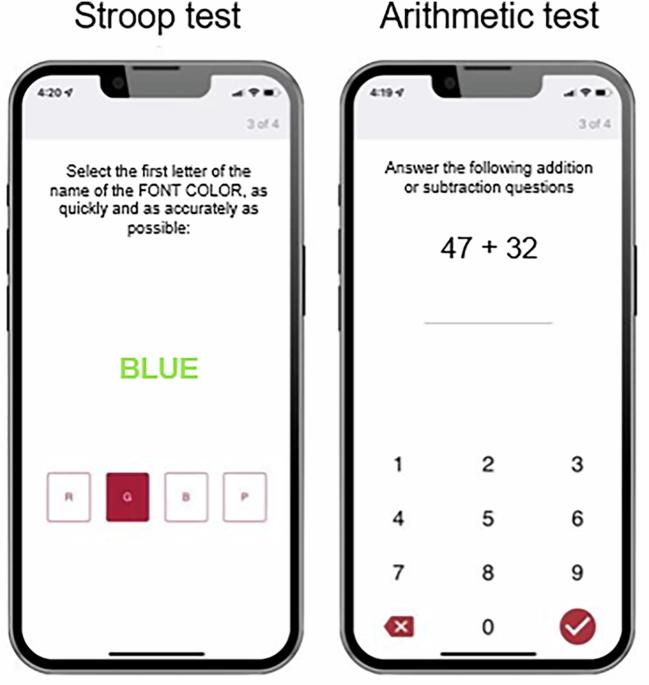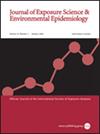Associations between indoor air exposures and cognitive test scores among university students in classrooms with increased ventilation rates for COVID-19 risk management
IF 4.7
3区 医学
Q2 ENVIRONMENTAL SCIENCES
Journal of Exposure Science and Environmental Epidemiology
Pub Date : 2025-04-09
DOI:10.1038/s41370-025-00770-6
引用次数: 0
Abstract
Past work demonstrating an association between indoor air quality and cognitive performance brought attention to the benefits of increasing outdoor air ventilation rates beyond code minimums. These code minimums were scrutinized during the COVID-19 pandemic for insufficient ventilation and filtration specifications. As higher outdoor air ventilation was recommended in response, questions arose about potential benefits of enhanced ventilation beyond infection risk reduction. This was investigated by examining associations between indoor carbon dioxide concentrations, reflective of ventilation and building occupancy, and cognitive test scores among graduate students attending lectures in university classrooms with infection risk management strategies, namely increased ventilation. Post-class cognitive performance tests (Stroop, assessing inhibitory control and selective attention; Arithmetic, assessing cognitive speed and working memory) were administered through a smartphone application to participating students (54 included in analysis) over the 2022–2023 academic year in classrooms equipped with continuous indoor environmental quality monitors that provided real-time measurements of classroom carbon dioxide concentrations. Temporally and spatially paired exposure and outcome data was used to construct mixed effects statistical models that examined different carbon dioxide exposure metrics and cognitive test scores. Model estimates show directionally consistent evidence that higher central and peak classroom carbon dioxide concentrations, indicative of ventilation and occupancy, are associated with lower cognitive test scores over the measured range included in analysis ( ~ 440–1630 ppm). The effect estimates are strongest for 95th percentile class carbon dioxide concentrations, representing peak class carbon dioxide exposures.

COVID-19风险管理通风率提高的教室中,室内空气暴露与大学生认知测试成绩之间的关系
背景:过去的研究表明室内空气质量和认知能力之间存在关联,这引起了人们对增加室外空气通风率的关注,使其超过规定的最小值。在2019冠状病毒病大流行期间,对这些规范的最低要求进行了审查,以防止通风和过滤规格不足。作为回应,建议增加室外空气通风,除了降低感染风险外,加强通风的潜在好处也引起了疑问。目的:通过研究在感染风险管理策略(即增加通风)下参加大学教室讲座的研究生的室内二氧化碳浓度、通风情况和建筑占用情况与认知测试分数之间的关系,对这一问题进行了调查。方法:课后认知能力测试(Stroop,评估抑制性控制和选择性注意;在2022-2023学年,通过智能手机应用程序对参与研究的学生(包括54名分析对象)进行算术(评估认知速度和工作记忆)管理,这些学生在教室里配备了连续的室内环境质量监测器,可以实时测量教室里的二氧化碳浓度。使用时间和空间配对暴露和结果数据构建混合效应统计模型,检验不同的二氧化碳暴露度量和认知测试分数。结果:模型估计显示了方向一致的证据,即较高的中心和峰值教室二氧化碳浓度(表明通风和占用)与较低的认知测试分数有关,该分数在分析中包括的测量范围内(~ 440-1630 ppm)。对二氧化碳浓度的第95百分位(代表二氧化碳暴露的峰值)的影响估计最强。影响说明:随着COVID-19大流行的缓解,除了减少感染外,增加室外空气流通的好处也出现了问题。这项工作评估了在室外空气流通增加的大学教室里,二氧化碳浓度、通风和占用率与学生认知测试成绩之间的关系。虽然不是因果关系,但模型显示了统计上显著的证据,表明在这些教室中,较低的二氧化碳浓度与较高的认知测试分数之间存在关联,而不是低范围的二氧化碳暴露。虽然潜在的机制尚不清楚,但较高的室外空气通风似乎通过减少室内空气暴露和支持学生表现提供了额外的好处。
本文章由计算机程序翻译,如有差异,请以英文原文为准。
求助全文
约1分钟内获得全文
求助全文
来源期刊
CiteScore
8.90
自引率
6.70%
发文量
93
审稿时长
3 months
期刊介绍:
Journal of Exposure Science and Environmental Epidemiology (JESEE) aims to be the premier and authoritative source of information on advances in exposure science for professionals in a wide range of environmental and public health disciplines.
JESEE publishes original peer-reviewed research presenting significant advances in exposure science and exposure analysis, including development and application of the latest technologies for measuring exposures, and innovative computational approaches for translating novel data streams to characterize and predict exposures. The types of papers published in the research section of JESEE are original research articles, translation studies, and correspondence. Reported results should further understanding of the relationship between environmental exposure and human health, describe evaluated novel exposure science tools, or demonstrate potential of exposure science to enable decisions and actions that promote and protect human health.

 求助内容:
求助内容: 应助结果提醒方式:
应助结果提醒方式:


